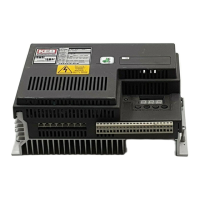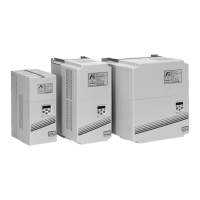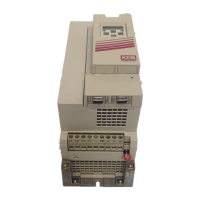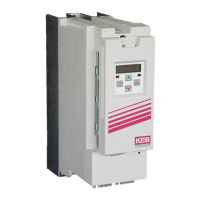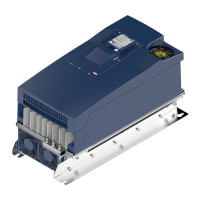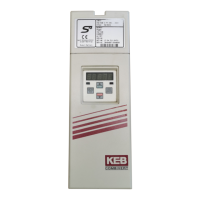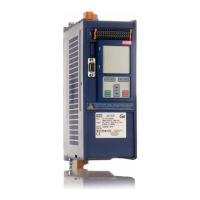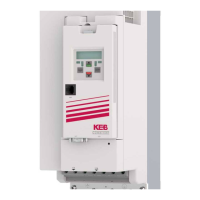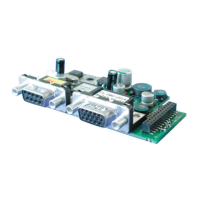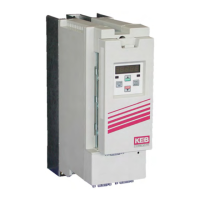9
BASIC SAFETY INSTRUCTIONS
1.5 Electrical connection
DANGER
Voltage at the terminals and in the device !
Danger to life due to electric shock !
► Never work on the open device or never touch exposed parts.
► For any work on the unit switch off the supply voltage and secure it
against switching on.
► Wait until the drive has stopped, because there may be regenerative
energy.
► Await capacitor discharge time (5 minutes) if necessary, measure
DC voltage at the terminals.
► If personal protection is required, install suitable protective devices
for drive converters.
► Never bridge upstream protective devices (also not for test purpos-
es).
► Always connect the protective earth conductor properly to drive
converter and motor.
► Install all required covers and protective devices for operation.
► The control cabinet shall be kept closed during operation.
For a trouble-free and safe operation, please pay attention to the following instructions:
• The electrical installation shall be carried out in accordance with the relevant re-
quirements.
• Cable cross-sections and fuses must be dimensioned by the user according to the
application.
• Drive converters are only intended for permanent connection. Cross-sections of
protective earth conductors should be interpreted in accordance with IEC 60364-
5/543.1.
• Connection of the drive converter is only permissible on symmetrical networks with
a maximum line voltage (L1, L2, L3) with respect to earth (N/PE) of maximum 300 V.
An isolating transformer must be used for supply networks which exceed this value.
In case of non-compliance the control is not longer considered as "safe separate
circuit".
• With existing or newly wired PELV circuits the person installing the units or ma-
chines must ensure the requirements are met.
• For drive converters that are not isolated from the supply circuit (in accordance with
EN 61800-5-1) all control lines must be included in other protective measures (e.g.
double insulation or shielded, earthed and insulated).
• When using components without isolated inputs/outputs, it is necessary that equipo-
tential bonding exists between the components to be connected (e.g. by the equipo-
tential line). Disregard can cause destruction of the components by the equalizing
currents.

